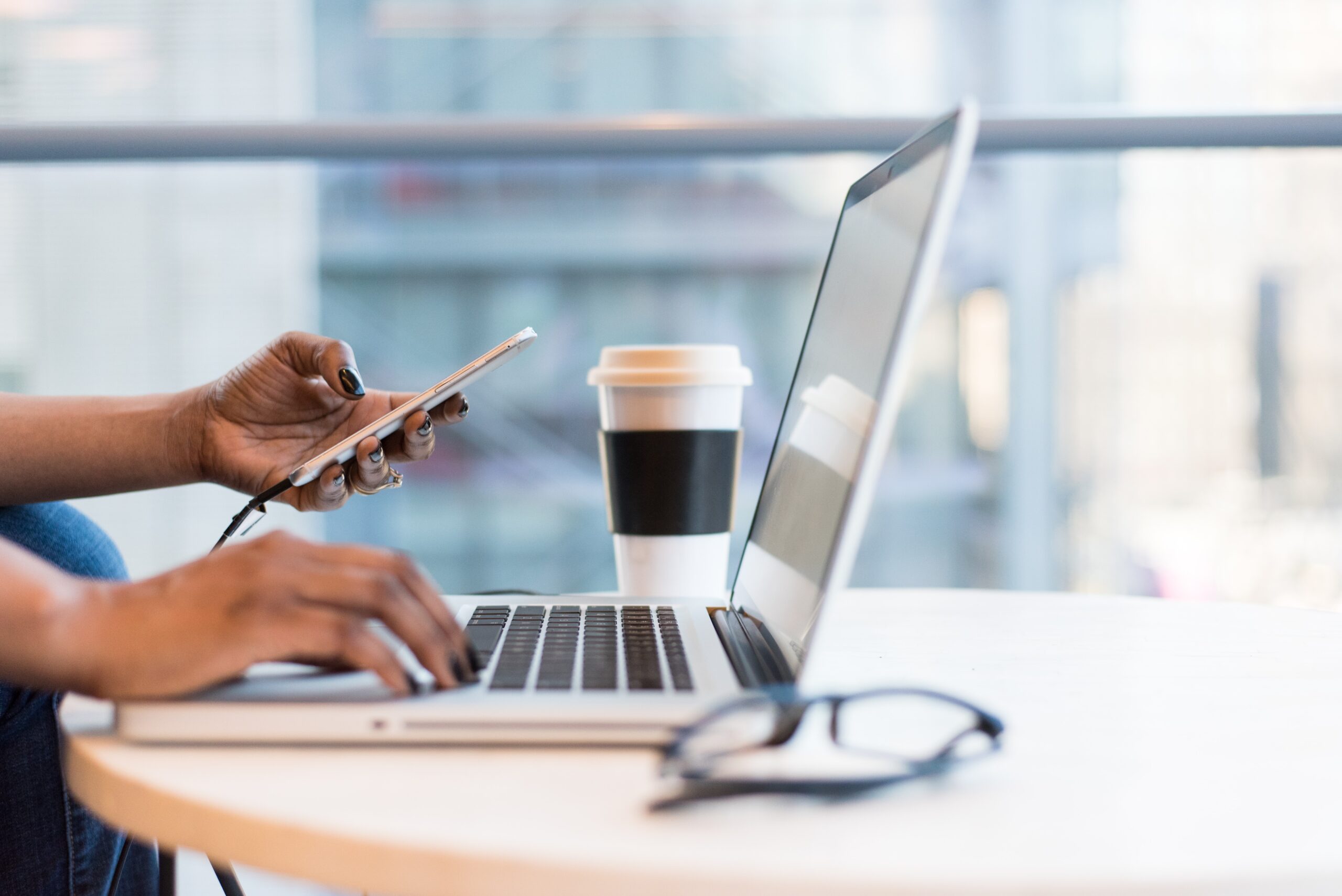WordPress has become the go-to platform for bloggers around the world due to its user-friendly interface and powerful features. However, like any technology, WordPress isn’t immune to issues. As a blogger, having the skills to troubleshoot common WordPress problems is essential for maintaining a smooth and successful website. In this guide, we’ll explore some of the most common issues bloggers might encounter and provide step-by-step solutions to tackle them effectively.
Identifying Plugin Conflicts
Plugins are a cornerstone of WordPress, allowing you to extend your website’s functionality with ease. Yet, conflicts between plugins can lead to a variety of problems, from slow loading times to outright crashes. To identify and resolve these conflicts, follow these steps:
- Deactivate Plugins: Start by deactivating all your plugins and then gradually reactivating them one by one while testing your website’s functionality after each activation.
- Testing for Conflicts: As you reactivate plugins, pay close attention to any changes in performance. If issues arise after activating a particular plugin, it might be conflicting with others.
- Prevention and Best Practices: To prevent future conflicts, keep your plugins updated and avoid installing too many similar plugins that serve the same purpose.
Resolving Theme Errors
Themes play a crucial role in your website’s design and layout. However, theme errors can disrupt your site’s appearance and functionality. Here’s how to handle them:
- Switch to a Default Theme: Temporarily switch to a default WordPress theme to determine if the issue is related to your current theme.
- Validate HTML/CSS Code: Run your theme’s HTML and CSS through validation tools to identify any coding errors that might be causing the problem.
- Check for Theme Updates: Regularly update your themes to ensure compatibility with the latest version of WordPress and plugins.
Tackling Website Speed Issues
Website speed impacts user experience and search engine rankings. Slow-loading sites can drive visitors away. To improve speed:
- Diagnose Slow-loading Issues: Utilize speed testing tools to identify bottlenecks. Analyze server performance and find resource-intensive elements.
- Optimize Images: Compress and resize images to reduce their impact on loading times.
- Implement Caching Mechanisms: Use caching plugins to store static versions of your site, reducing the need for server requests.
- Utilize Content Delivery Networks (CDNs): CDNs distribute your site’s content across multiple servers globally, improving load times for visitors from various locations.
Dealing with Database Problems
Database issues can lead to error messages and site downtime. Here’s how to address them:
- Clean Up Unused Data: Regularly remove unnecessary data, such as drafts and spam comments, to keep your database lean.
- Repair and Optimize Tables: Use plugins or database management tools to repair and optimize your database tables for better performance.
- Back Up and Restore Databases: Always maintain up-to-date backups of your database. This ensures you can restore your site if a major issue arises.
Navigating Security Concerns
Security is paramount to protect your website and its visitors from potential threats:
- Keep Software Updated: Regularly update WordPress core, themes, and plugins to patch security vulnerabilities.
- Implement Strong Passwords and Two-factor Authentication: Strengthen your login security by using complex passwords and enabling two-factor authentication.
- Use Security Plugins and Firewalls: Install reputable security plugins and firewalls to safeguard your site from malware and intrusion attempts.
Handling Common Content Issues
Content-related problems can affect how your content is presented to visitors. Here’s how to troubleshoot:
- Check for Formatting Issues: Inspect your content for formatting inconsistencies and correct them using the WordPress editor.
- Verify Media File Paths: Ensure that media files are properly linked and stored in the correct directories.
- Utilize Browser Developer Tools: Use browser developer tools to identify HTML and CSS issues affecting content display.
Conclusion
By gaining a solid understanding of common WordPress issues and their solutions, you empower yourself as a blogger to maintain a smooth-running website. With the strategies outlined in this guide, you can confidently navigate plugin conflicts, theme errors, speed challenges, database problems, security concerns, and content issues. Remember, continuous learning and adaptation to WordPress updates are essential to keeping your blog on the path to success.
Additional Resources
For further assistance, consider exploring these resources:
- Recommended plugins for troubleshooting and maintenance
- Online communities and forums for seeking help
- Further reading on WordPress optimization and best practices


